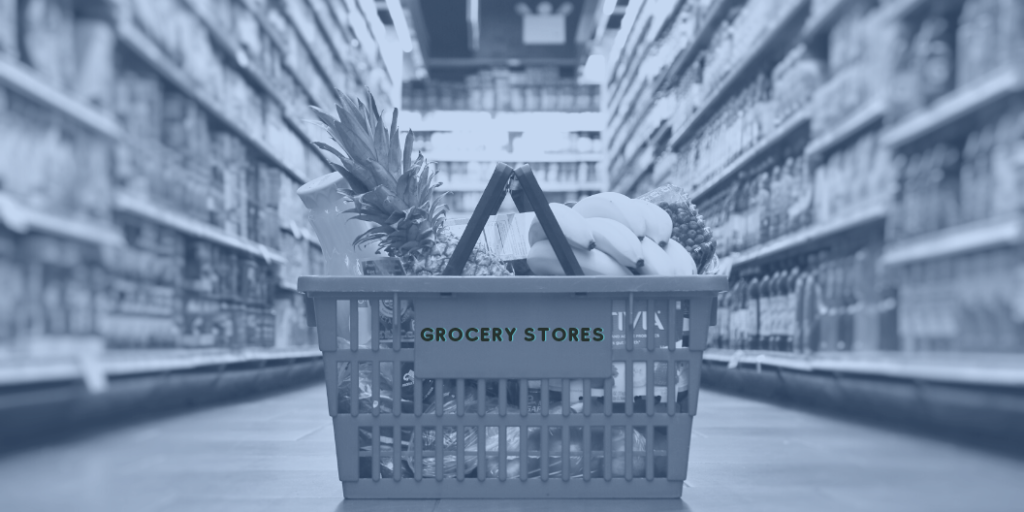Retailers like the idea of optimized pricing. When our customer success and sales team talk to them about increased margins on high demand items, they nod their heads in agreement. They are completely on-board with the flexibility optimized pricing gives them when trying to move merchandise that is nearing the end of the season or has an approaching expiration date. And they are quite taken with the idea of prices adjusting to inventory levels.
However, the conversation often circles back to the customer. If prices change weekly, daily, or hourly, will customers grow frustrated and look toward the competition? They worry that they will lose customer trust by changing prices, and the increased margin won’t matter since customers take their business elsewhere.
It’s a fair concern, and one that retailers need to address.
The Ubiquity of Optimized Pricing
Whether consumers recognize it or not, optimized pricing has been making its way into the products and services that they buy for nearly forty years. Once the domain of the airline industry and hospitality services, optimized pricing has exploded in recent years.
Uber surge charges and peak and off-peak pricing base their pricing on supply and demand, offering lower prices to those who choose to travel when demand is lower. Toll roads increase their prices as traffic increases, as a way to limit the people taking the more expensive road, enabling traffic to maintain higher speeds.
In the United States, sports teams routinely charge higher prices for games that are in higher demand, as do some Premier League teams (Or at least they did when they allowed fans in the stands).
Amazon has been the leader in retail pricing optimization. The company changes its prices on millions of items every day. According to Amazon’s fourth quarter report in 2020, the company had net sales of $125.56 billion, which was a 43% increase over the same quarter in 2019. Walmart, a US-based megaretailer, has been using dynamic pricing since 2013 for its online sales.
Clearly, consumers have been exposed to dynamic pricing, and as indicated by Amazon’s sales numbers, they are still trusting vendors who optimize their pricing.
Successfully Deploying Optimized Pricing
Of course, there are a few best practices you should follow when deploying optimized pricing, which will help maintain trust with your customers.
- Transparency – Include a pricing policy on your website that explains the concept of dynamic pricing. Let your customers know that by implementing dynamic pricing on the site, they are able to pay market prices for their merchandise. Additionally, let them know that by aligning pricing with the market, it is much less likely that products are ever out of stock.
- Avoid price gouging – While it may be tempting to significantly increase prices on items that are in demand due to local or global events, companies that grossly inflated prices on hand sanitizer during the early days of the pandemic were skewered by public opinion and found themselves in legal trouble. When tragedies strike and there are shortages, it’s absolutely vital to let your company’s humanity shine through.
- Offer self-matching – When your online prices are different than in-store prices, enable self-matching, which provides in-store customers with the same prices that they would get online. This helps
A Tool for Growth
As more retailers try to capture the 30% revenue increase and 11% increase in profits that optimized pricing offers, it’s vital that you do as well. Otherwise, you may find yourself far behind the competition.









